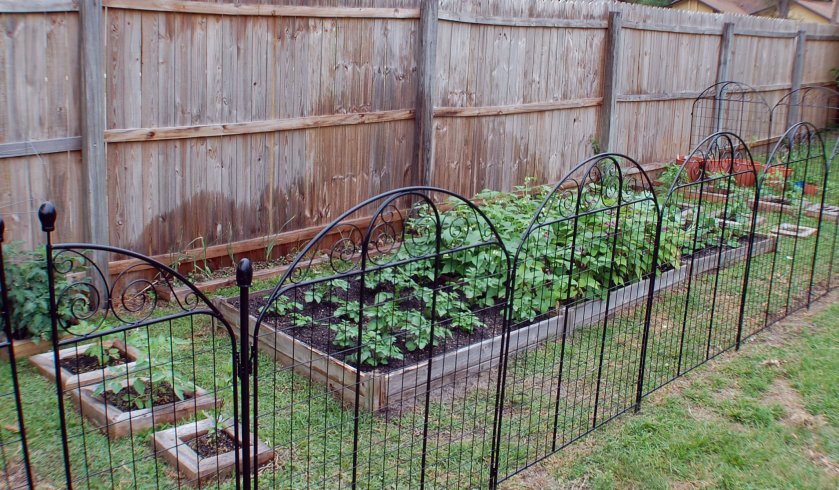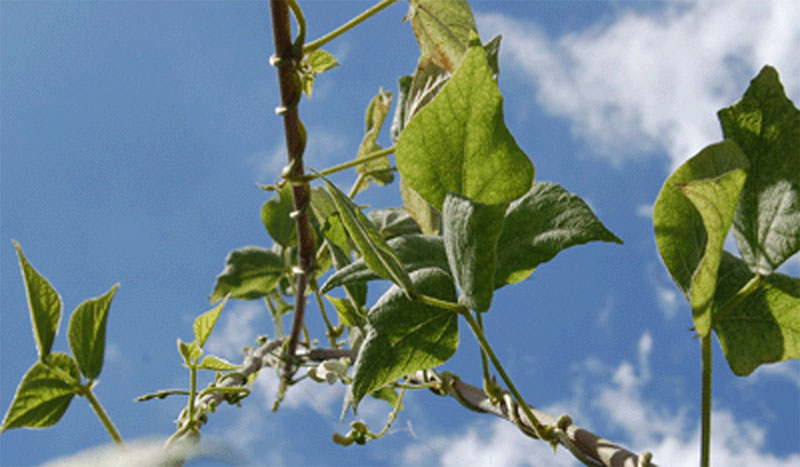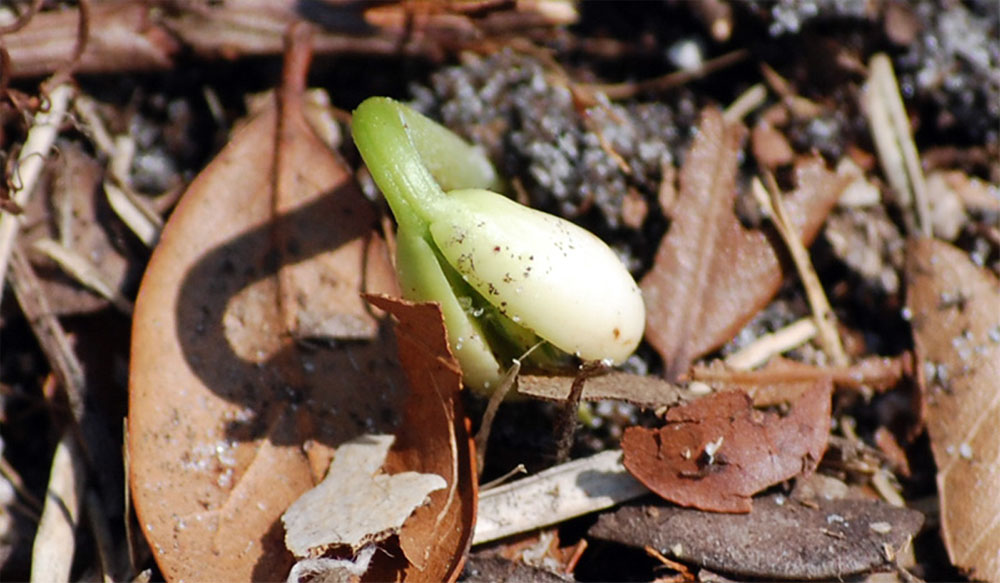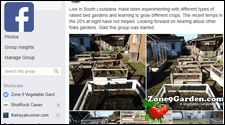The best time of the year to prepare for the spring growing season is right in the middle of winter. Most crops stop producing during the winter allowing ample time and space to prepare the garden for the best growing season, The Spring! Here are our Top 10 tips to prepare your spring vegetable garden.
1. Eliminate Weeds
Many weeds can take hold in a garden that can be difficult to eliminate. The cooler weather in the winter slows the growth of even weeds allowing for them to be efficiently pulled and eliminated from the garden. It is important when pulling weeds to be sure to remove the entire root mass to help ensure that it will not quickly return.
2. Hunt Down Pests
Many pests will remain in a garden bed through out the year and the winter is a great time to hunt them down and eradicate them. The first step is to identify the pests that are causing issues in your garden and then eliminate them using natural methods (a quick google search will return many results on how to naturally eliminate most pests). A natural solution is always recommended in a vegetable garden to help prevent any poisons reaching the table.
3. Loosen Soil
Many garden beds become compacted over time. Gardeners walking near the beds, heavy crops growing on top, and even just the action of rain falling on soil over time all causes compaction. Loosening the soil with a garden fork, or a shovel in heavily packed soil, will allow more air, water and nutrients to reach the roots of the crops that will be grown in the coming spring allowing for a better harvest.
4. Add Organic Fertilizer
After testing your soil add organic fertilizer to bring the needed nutrients up to the needed levels. Blood meal is used to add nitrogen, bone meal ads phosphorus and Kelp meal is used to add potassium. For more information about fertilizers see our write up on NPK.
5. Add a Layer of Compost
The best way to add nutrients to soil is to add a think layer of compost. Add a layer of at least 1/2 inch to 1 inch of compost on top of the soil and lightly work it into the soil using a garden fork or soil.
6. Add a Layer of Natural Mulch
Mulch will help keep most weeds and some pests at bay. Some of the best natural mulches are shredded tree leaves, grass clipping and pine needles. Mixing the three together will give added benefits of self composting over time.
7. Sow Seeds Indoors
The winter is when many of the most popular crops should be sown indoors. Tomatoes, Peppers and Eggplant are great crops to get started early. Using peat pots in a seed starting kit will help encourage the seeds to germinate quickly.
8. Create a Compost Bin
As noted above, compost is one of the best ways to add nutrients to soil. Starting a compost bin in the winter will ensure a fresh supply of high quality compost for the upcoming seasons. A quick google search will reveal the many options of what and how to compost.
9. Clean Gardening Tools
The winter is a good time to clean, sharpen and lubricate gardening tools. Doing so will help improve performance, prevent the spread of pests/diseases and save money in the long run. Man tools just need a quick run under fresh water and a spray of WD40 on any moving parts.
10. Watch for Sales in Seed Catalogs
Many seed catalogs start to drum up interest in their product lines by offering sales on spring crop seeds during the winter.





